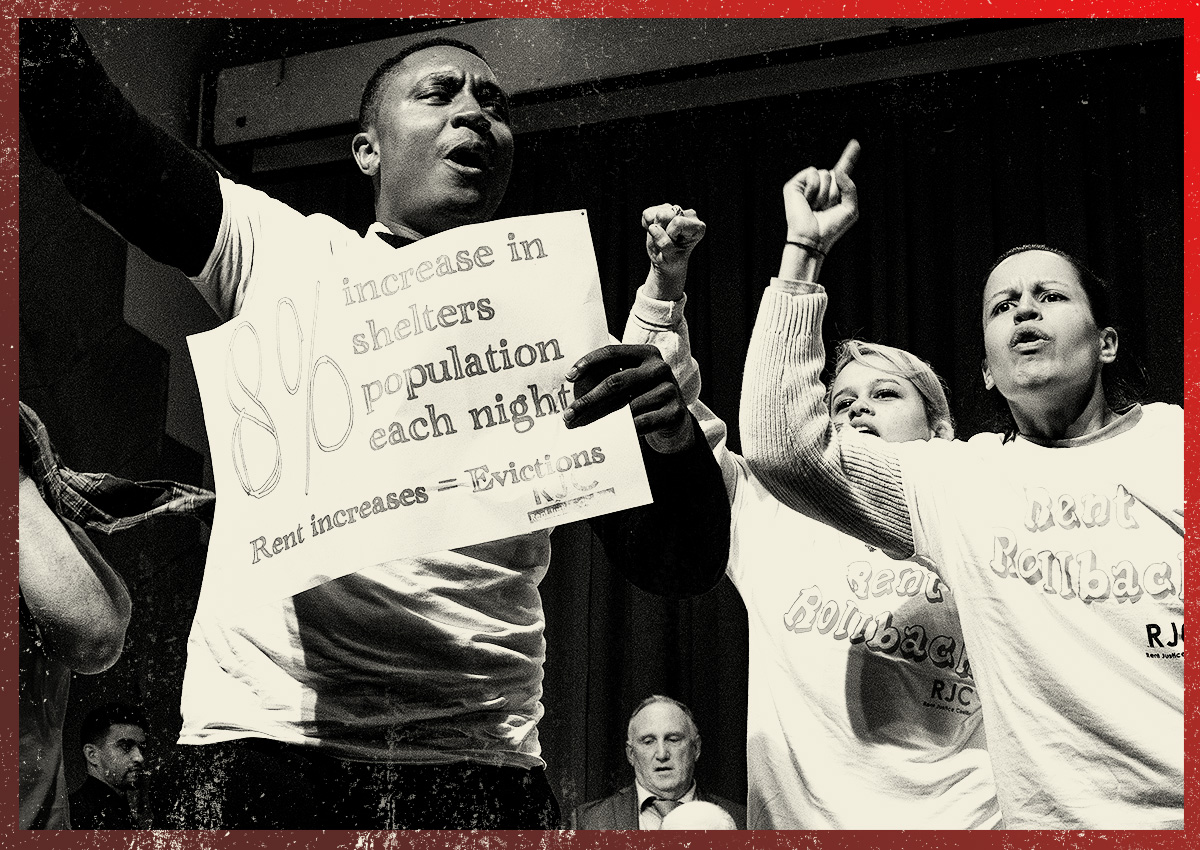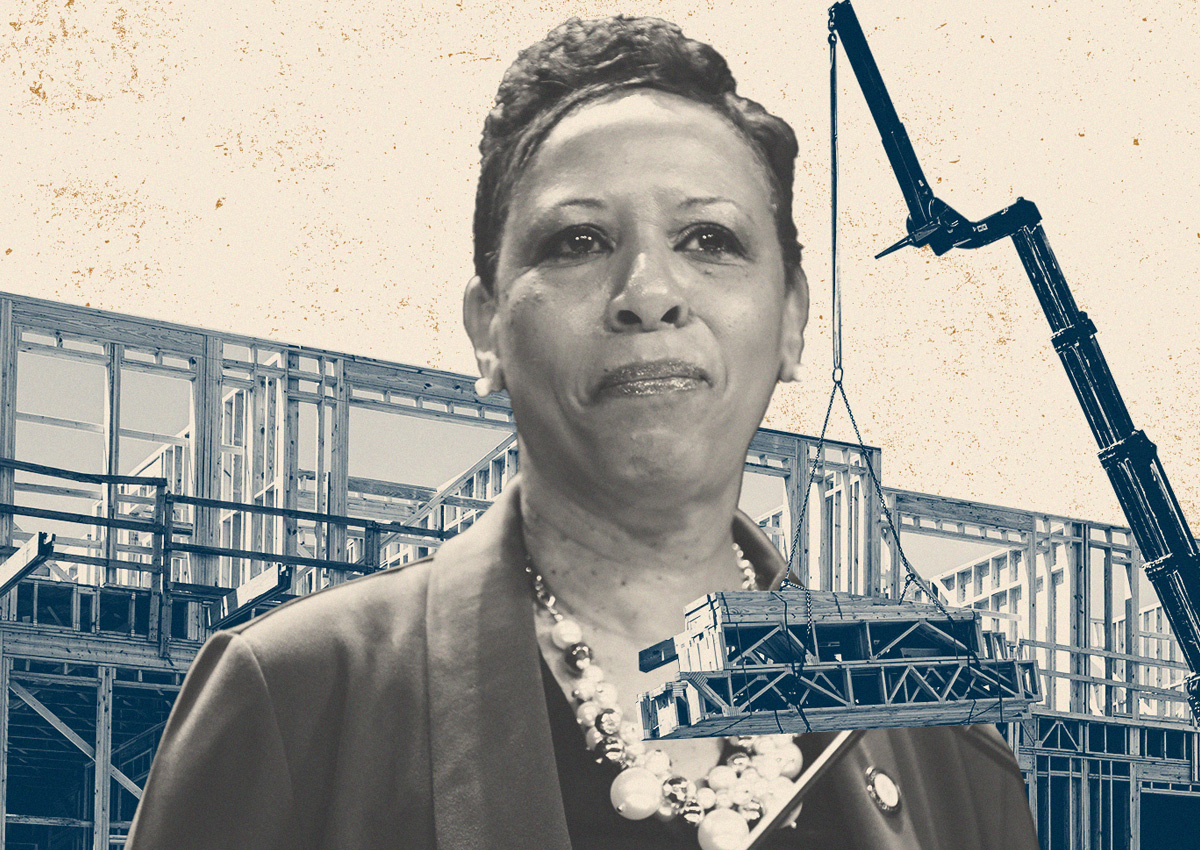The City Council race in Harlem was going to be a bellwether for housing politics in New York — and real estate’s chance for revenge.
That’s now out the window.
Incumbent Kristin Richardson Jordan withdrew from the race Tuesday, denying Harlemites the chance to either endorse or punish her rejection of 917 mixed-income apartments on West 145th Street and Lenox Avenue.
Make no mistake: Her departure is a win for real estate and construction unions, and they will take it. But a victory at the voting booth would have sent a much stronger message to Council members: that New Yorkers want housing, not ideology.
Richardson chose the latter when she demanded Bruce Teitelbaum’s One45 project be 100 percent affordable and called his offer of 40 percent affordability “a slap in the face.” The standard for such projects was 25 percent to 30 percent.
Teitelbaum later upped the offer to 50 percent. That was still not good enough for Jordan. Teitelbaum had to withdraw his application rather than accept a rezoning that would make his development site permanently unprofitable.
But these basic percentages gloss over an important nuance. KRJ, like other progressive Council members, didn’t consider all of the “affordable” units to be affordable to her Harlem constituents, given how poor many of them are.
She pointed to “actual” affordable housing being built in her district, such as Timbale Terrace at 119th Street and Park Avenue, which will include 341 deeply affordable units — 99 of them for the formerly homeless.
Those projects are heavily subsidized, and the government can only fund so many of them. Even if the city cut its police budget in half and the state passed a third millionaires’ tax and a third mansion tax, it wouldn’t generate enough money to build apartments with ultra-cheap rents for everyone who needs them.
Jordan doesn’t accept that the city also needs projects like One45, in which market-rate units subsidize affordable ones. To paraphrase Upton Sinclair, it’s hard to get a socialist to understand something when her ideology depends on her not understanding it.
An Ivy League graduate, Jordan could have learned how development works. Instead she clung to her preconceptions and reinforced them by huddling with fellow Council radical Charles Barron.
Barron is a longtime politician with a short list of accomplishments, unless one considers it an achievement to deter people with decent-paying jobs from moving to East New York. He keeps his district affordable by perpetuating low-quality housing and insisting on poverty-concentrating subsidies for new homes.
That’s not nearly as bad as the wealthy neighborhoods that keep poor people out by preserving low-scale zoning from 1961.
But the Barron/KRJ strategy was wrong for Harlem, where stately row houses, ample subway lines, proximity to Midtown and rich culture attracted higher earners during the city’s post-1990 economic boom. Without enough mixed-income development to house gentrifiers and people of color alike, Harlem went from 80 percent Black to 50 percent Black.
One45’s defeat last year did shock the mayor and City Council speaker into getting the Innovation QNS and Bruckner Boulevard projects approved, to the delight of the construction unions that will build them.
However, it’s too soon to say the Council has embraced mixed-income housing as a necessary element of solving the housing crisis. The local members who initially opposed the Astoria and Throggs Neck projects ultimately supported them, albeit reluctantly. So their Democratic primaries will not be an unambiguous referendum.
The Harlem election would have been that. Nothing scares incumbents — progressive, moderate or conservative — more than similar incumbents losing. By not running, Kristin Richardson Jordan can’t lose.
Real estate will have to be satisfied with a forfeit.
Read more



